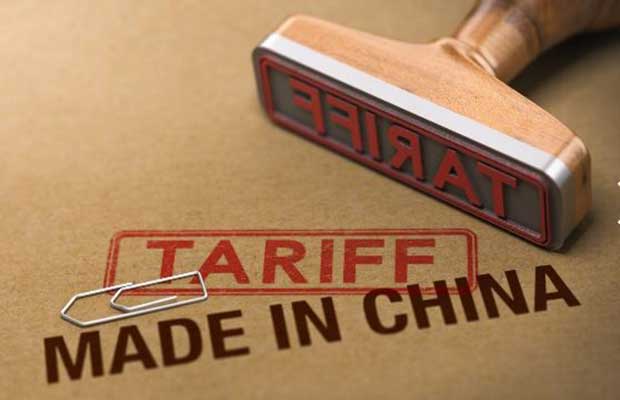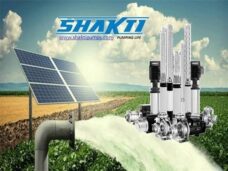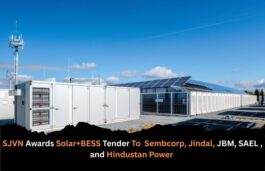Highlights :
- The power minister’s acknowledgement of the use of ‘non-tariff’ barriers as a tool should put to rest ambiguity on any relaxations coming in for solar imports.
- The only pending issue now is the status post July 29, when the existing SGD is set to expire.

In what seems to be a clear ramp up of pressure to buy locally and block imports, Power and MNRE Minister R.K. Singh has categorically referred to both tariff and non-tariff barriers as a way to achieve this objective.
Speaking at an industry event on self reliance in renewable energy manufacturing organised by the Confederation of Indian Industry (CII), Singh said, “If you want to sell in India, you will have to set up manufacturing here. If you don’t set up manufacturing here, I can give it to you in writing that you will not qualify for entry into that approved list of models and manufacturers, (ALMM)” .
The ALMM list in question has increasingly been cited by many multinational players as a non-tariff barrier, considering the impractical terms it lays down for approval. A key one being a physical inspection of the manufacturer’s plants, something that is clearly meant to make it both expensive, and in these times of travel restrictions, virtually impossible. Then there is the refusal to accept any of the globally recognised certifications over the domestic BIS certifications, of course. Ever since the last version was released in March this year, comprising exclusively domestic manufacturers, the list has not been updated with fresh names. What’s more, the minister’s assertion seems to fly in the face of claims by some of the larger domestic players especially Adani Green, that a separate list would be brought out for foreign suppliers too.
Singh added that other countries had also placed such non-tariff barriers and that it was necessary that India keep the jobs created by the country’s rapid addition in renewable energy capacity.
The remarks assume significance considering the continued dominance of Chinese origin imports. Bidders at recent successful tenders have also shrugged off the apparent ambiguity on the issue, going by the bids at recent auctions, which have continued to come in at fairly attractive prices. considering that the ALMM rules squarely apply to equipment being used for these projects, it does make one wonder if there is something the bidders know that others don’t.
While actual imports for these projects will start late next year, by which some more capacity is set to be added in India too, when we spoke to bidders (who did not necessarily emerge winners), we had been given the distinct impression that a blanket ban was not on the cards.
However, with the combination of customs duty from April 1 and the assertion on ALMM list, it seems we have a situation very close to that, as far as government backed projects go.
An option that has been cited is to import cells at the 25% duty, and assemble the modules in India. But even that assumes adequate capacity available to do that, besides ensuring the module manufacturer is from the ALMM list. Doesn’t sound like a great start to a negotiation on prices, does it?
For the largest Chinese exporters to India, it’s a decision that will need to be taken sooner than later. At least assemble in India, or miss the largest market outside China still available for them.






























